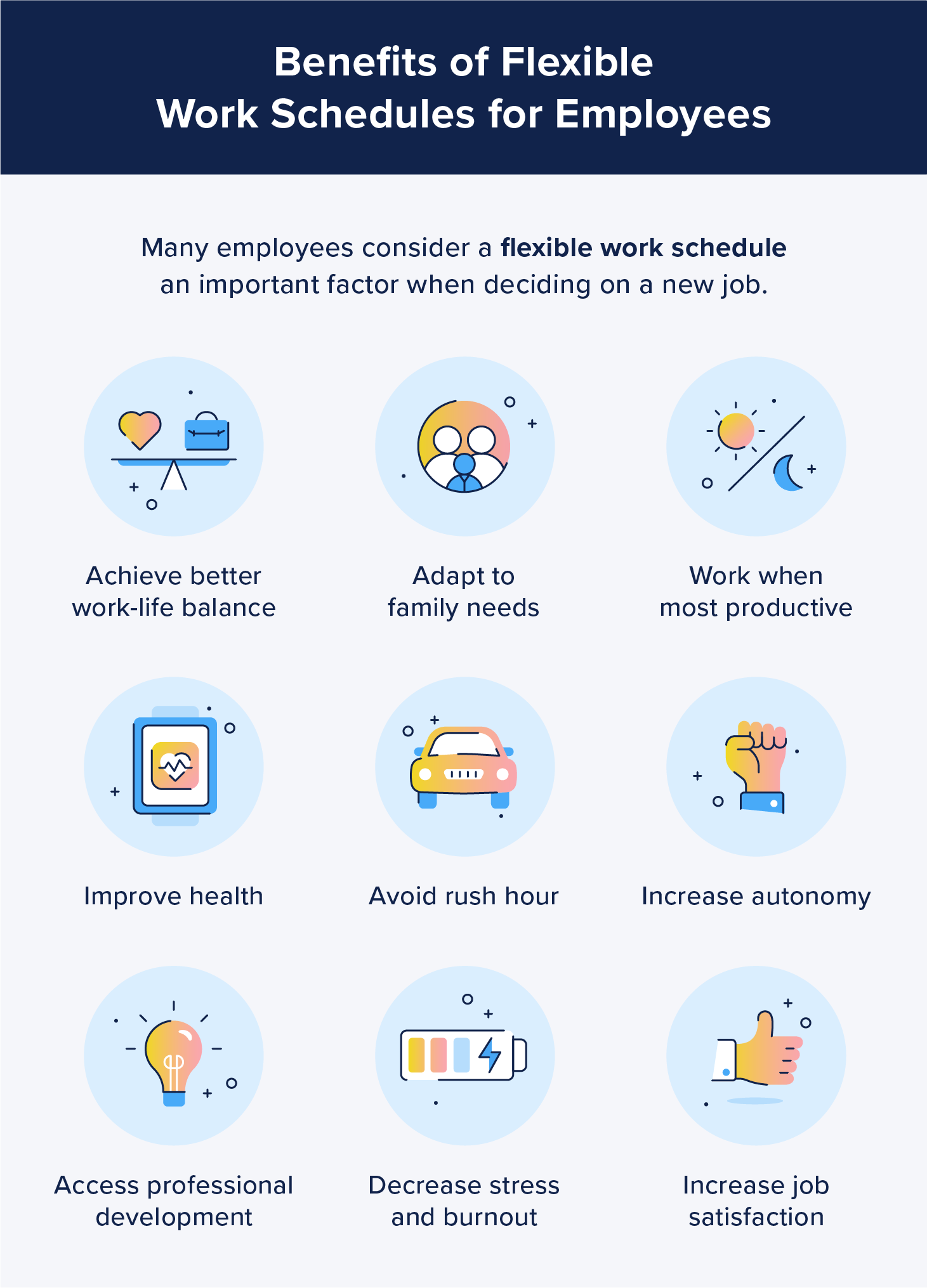In today's fast-paced and ever-evolving function landscape, the aspects of agility in addition to flexibility have come about as crucial components for modern groups striving to flourish. Organizations are significantly recognizing the importance of adapting to change, taking on new technologies, and fostering an atmosphere that supports each individual and crew needs. As classic work models give way to modern approaches, the switch towards agile and even flexible working is just not merely a trend, but a necessity for success.
Embracing modify is at the heart of souple working, empowering teams to respond quickly to challenges in addition to opportunities. Flexible functioning arrangements, whether remote control or hybrid, let employees to equilibrium their personal and even professional lives whilst enhancing productivity and job satisfaction. This post will delve into typically the various facets of acuto and flexible operating, exploring their positive aspects for both employees and employers, the critical role regarding technology, and practical strategies for implementing these kinds of models effectively. By simply learning the nuances associated with these approaches, agencies can unlock brand new levels of venture, innovation, and overall performance in an increasingly aggressive environment.
Understanding Agile plus Flexible Doing work
Agile and even flexible working are modern approaches that will prioritize adaptability in addition to responsiveness within the workplace. Agile working describes a mentality and methodology of which targets iterative advancement, collaboration, and team-work, allowing organizations in order to adjust to transforming conditions and priorities. This model focuses on short cycles regarding planning, execution, and reflection, which fosters continuous improvement and even innovation. In contrast, flexible working encompasses a range involving work arrangements, which includes telecommuting, flexible hrs, and alternative scheduling, aimed at accommodating typically the diverse needs of employees while sustaining organizational goals.
The difference between agile plus flexible working lies in their core goals. Agile working is usually primarily about enhancing workflow and effectiveness through adaptable project management techniques, fostering dynamic team communications that can act in response quickly to opinions and changes. Versatile working, however, is more focused on delivering individuals with the freedom to choose whenever and where these people work, ultimately contributing to better work-life stability and overall satisfaction. Both approaches, whilst distinct, complement the other person in creating a setting conducive to high performance and employee proposal.
Companies that embrace these types of concepts can funnel significant benefits. Nearly agile and versatile approaches promote increased productivity, but they will also help throughout attracting and keeping top talent simply by offering an encouraging work culture. As businesses strive to prosper in a competitive landscape, understanding and implementing agile and versatile working strategies are essential steps towards setting up resilient teams able to overcoming challenges plus seizing new chances.
Implementing Flexible Work Practices
In order to effectively implement adaptable work practices, agencies must first assess their existing work flow and employee demands. This involves get together input from crew members about their choices for remote or hybrid arrangements, as well as typically the tools and sources they require to do their tasks successfully. By understanding these types of dynamics, companies can tailor their adaptable work policies to fit the specific context of the teams, ensuring that all of us have some sort of voice in the process.
When the needs assessment is finish, leadership should set up clear guidelines in addition to expectations for flexible working arrangements. Interaction is key here; it is necessary to define roles, responsibilities, and functionality metrics that usually are aligned which has a versatile model. Providing training and resources to employees will enable them to manage their time successfully and to keep productivity, regardless regarding their work location. Regular check-ins and even feedback loops may help monitor advancement and make modifications as necessary.
Finally, fostering a culture of trust and accountability will be crucial for your good results of flexible operate practices. Managers ought to focus on outcomes rather than several hours worked, encouraging personnel for taking ownership involving their schedules plus deliverables. By celebrating achievements and recognizing individual contributions, businesses can promote some sort of positive environment that will values flexibility. This method not only improves employee satisfaction yet also drives proposal and productivity, finally supporting the organization's broader goals.
The Future of Function and Team Dynamics
Because organizations navigate the complexities of recent job environments, the change towards agile in addition to flexible working versions becomes increasingly essential. Flexible Working Dursley associated with work is recognized by the will need for adaptability, where teams can reply swiftly to transforming demands and difficulties. Website link allows agencies to remain competing and innovative within a rapidly changing market. Team dynamics are transformed as collaboration becomes more fluid, with diverse talents coming collectively regardless of geographic location. Embracing enhancements made on work structures paves the way regarding a highly interested workforce that thrives on autonomy in addition to shared goals.
Technology performs a pivotal role in shaping these types of new dynamics. Using the advent associated with advanced tools plus platforms, teams can certainly effectively communicate in addition to collaborate in current, irrespective of their physical presence. Virtual workspaces facilitate brainstorming sessions, project management, and even instant feedback, ensuring that everyone remains to be aligned and determined. As a result, the emphasis in creating an agile work environment runs productivity and boosts creative problem-solving. Groups can leverage technologies to break straight down silos and create a culture of continuous collaboration in addition to efficiency.

Looking ahead, the particular importance of cultivating a powerful sense of team cohesion may remain paramount. Companies must prioritize the particular emotional and sociable aspects of team-work, ensuring that remote control and versatile arrangements do not diminish sociable relationships. By designing initiatives that market connection and inclusivity, companies can construct resilient teams capable of thriving in different situation. The progression of work will be not merely about where or exactly how tasks are completed; it is regarding fostering dynamic connections that nurture expansion, innovation, and the shared sense of purpose among group members.
